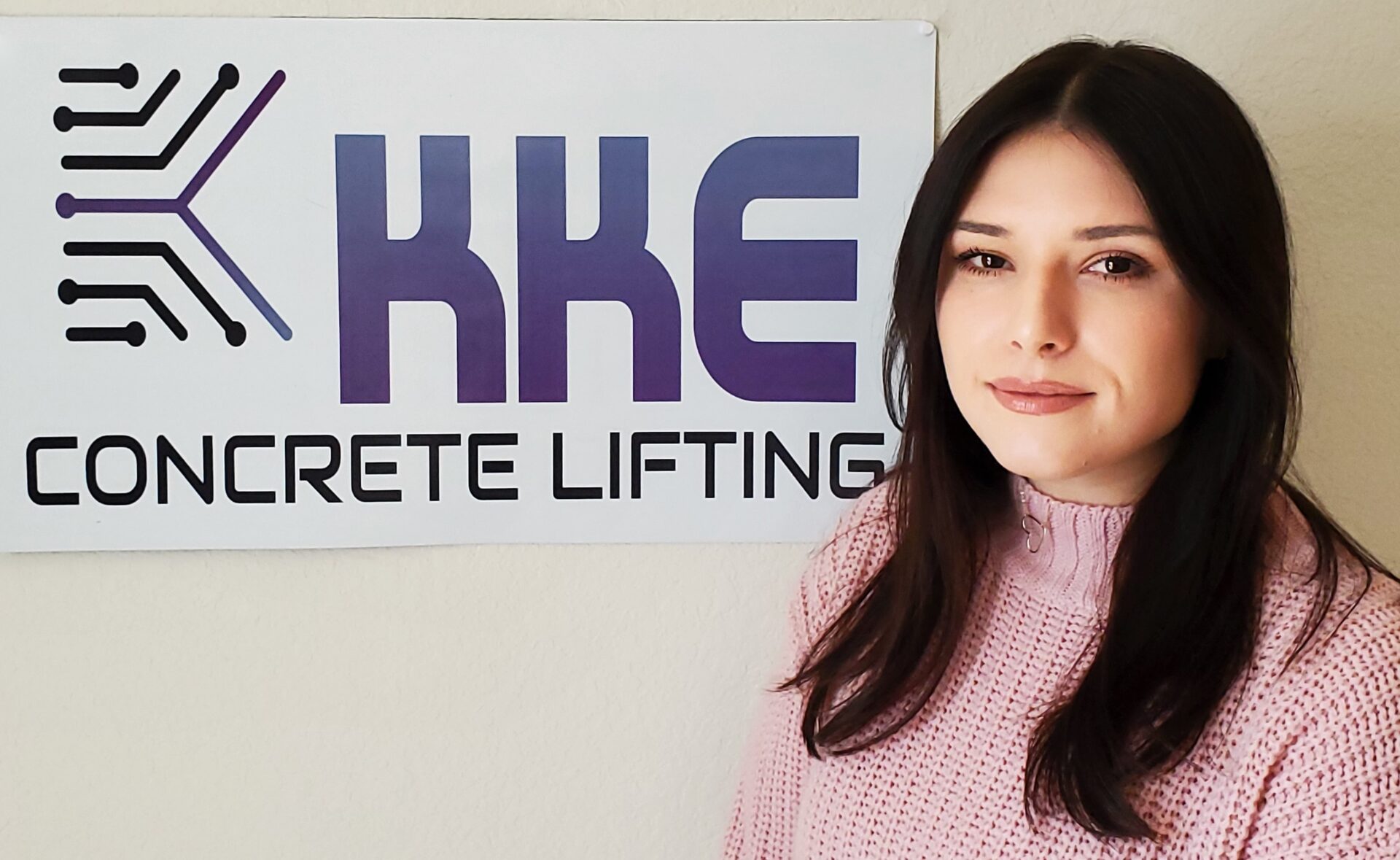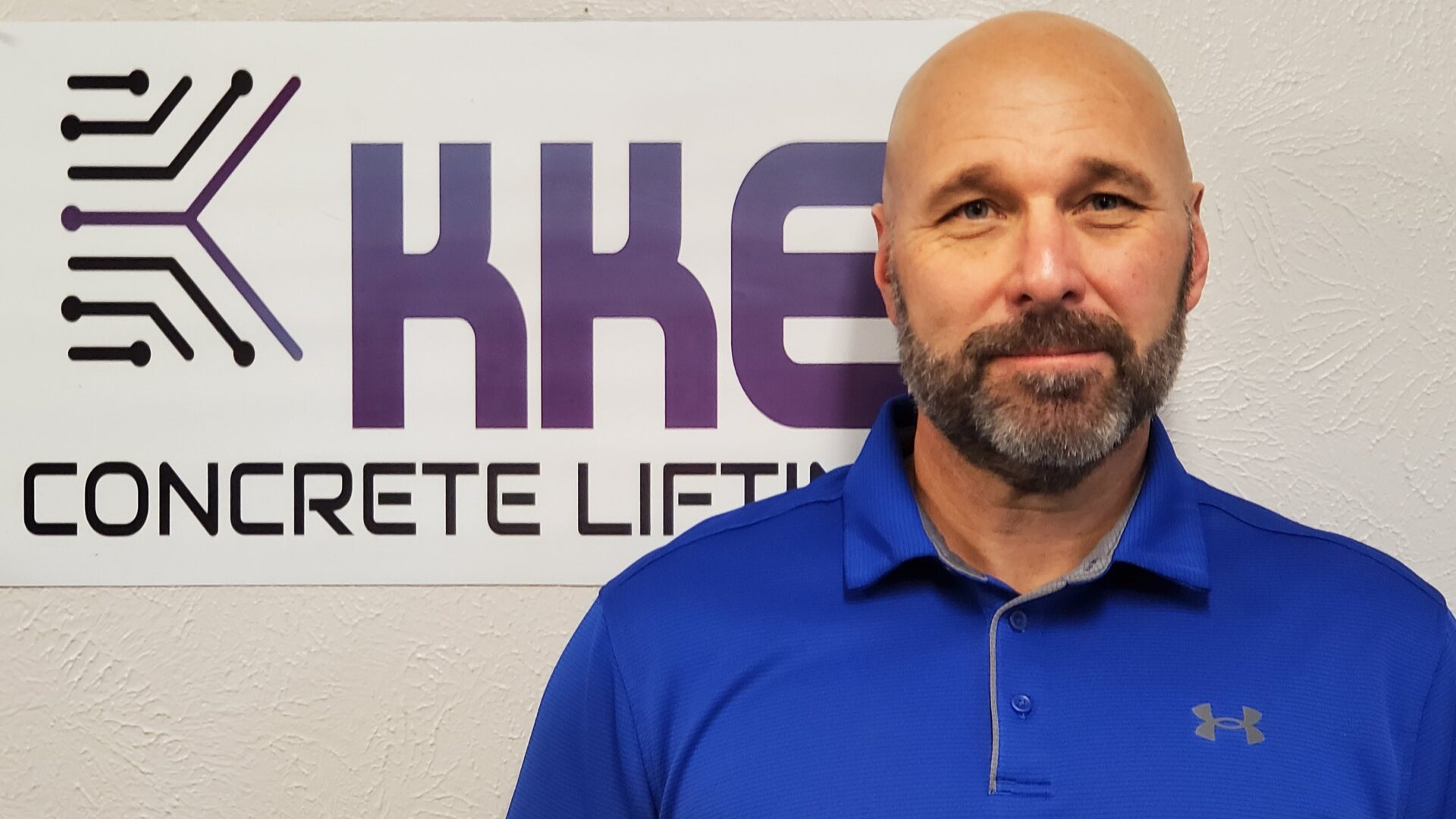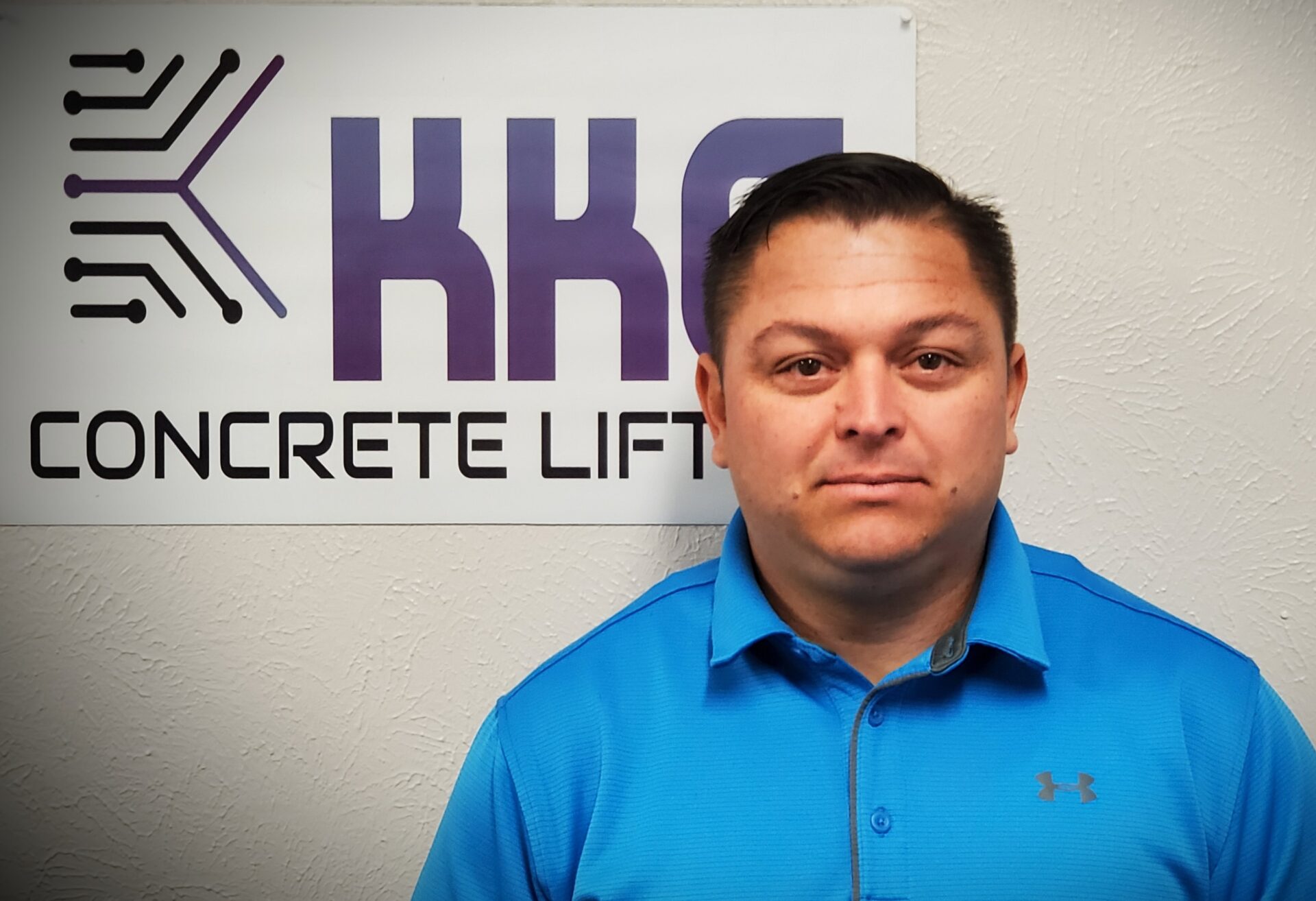
Certified Woman Owned Small Business Polyurethane Foam Lifting Services
KKE Inc. comes with 17 years of experience in the construction industry. We provide great customer service for every project. Our company is customer service-oriented and credible to commercial and residential owners in Texas.
What Sets Us Apart?
Our vast experience and knowledge allow us to work with large city municipalities, parks, schools and corporations. We are determined to save you time and money with our:

President: Kaitlin Kent
Kaitlin's family has been in the polyurethane foam industry for over 12 years. She received her bachelors in accounting and master degree in business administration from Tarleton State University. She understands not only the importance of providing a quality product at a competitive price, but also providing exceptional communication and customer service before, during, and after that product has been installed.


Vice President: Steve Rickenbrode
Steve was born and raised in Granbury Texas, and graduated from the University of North Texas. North Texas is his home and has been his the majority of his life. He has been a leader in the polyurethane foam industry since 2010 and has been recognized nationally for his accomplishments by the SPFA. He believes that a companies integrity is its most important asset.
General Manager: Isaiah Lincoln
Isaiah has been in the polyurethane foam lifting business since 2004. For the past 17 years he has dedicated his time to learning the operations side of polyurethane foam lifting as well as sales. His vast knowledge of foam injection over the past 17 years has resulted in thousands of successful lifts and dozens of accounts in North Texas. He has managed to work with companies like Pepsi Co., Fed Ex, Frito Lay, UPS, Dallas International Airport, Dallas Love Field, TTI, municipalities (Cities) in the DFW metroplex, residential customers, as well as commercial accounts. At KKE we take pride in our work and see every job through to make sure we are providing the best service and the best value.

Historical Timeline of Concrete Slab Lifting
600 BC –
The Greeks discovered that volcanic ash, a natural pozzolan material, develops hydraulic properties when mixed with slaked lime. When stored underwater, the mixture's strength increases.
200 BC –
Romans "borrow" (sound familiar?) the cementitious mix from the Greeks and continue to perfect it, adding gravel, sand, ground pottery shards – even animal products to the mix.
126 AD –
Under the auspices of Emperor Hadrian Pantheon, the Romans completed the Pantheon, a circular temple of worship commissioned by Marcus Agrippa during the reign of Augustus. The pozzolana concrete and stone aggregate are used to construct the thick walls and 142-ft domed roof. The building still stands, and the dome remains the largest unreinforced concrete dome in the world. However, time, settling soils, a few earthquakes, and other natural disasters have taken their toll and have caused cracking throughout.
1793 –
John Smeaton is tasked with building a lighthouse on Eddystone Rocks in England. He tinkers with different mortar mixtures and discovers that the best ones are made from calcined lime containing a goodly amount of clay minerals. It's the first time clay is mixed with lime for hydraulic-setting cement.
1824 –
Inventor Joseph Aspdin mixes, experiments, scratches his head, then voila, creates and patents Portland cement – the basic ingredient of concrete. By 1897, Sears Roebuck is selling Portland cement in 50- gallon drums and urban settings evolve into so-called "concrete jungles".
1900 –
When the shifting sands and soils of terra firma meet the unbudgeable weight and heft of concrete, the laws of science and physics say the heavy always wins. By the turn of the century, "mud jacking" was the standardized means of leveling the playing field, as it were. Hydraulic pressure is used to lift concrete slabs and fill in the void areas with a mix of mud, limestone, and, often, additional cement. Over time, this "solution" compounds the problem because it too sinks into degrading or shifting soils.
Today –
A slab-jacking technique using polyurethane foam affords big results with a small footprint. The foam is used to support sagging concrete, and application is relatively minor in terms of downtime. In most applications, the repair site is traffic-ready in about 15 minutes.
